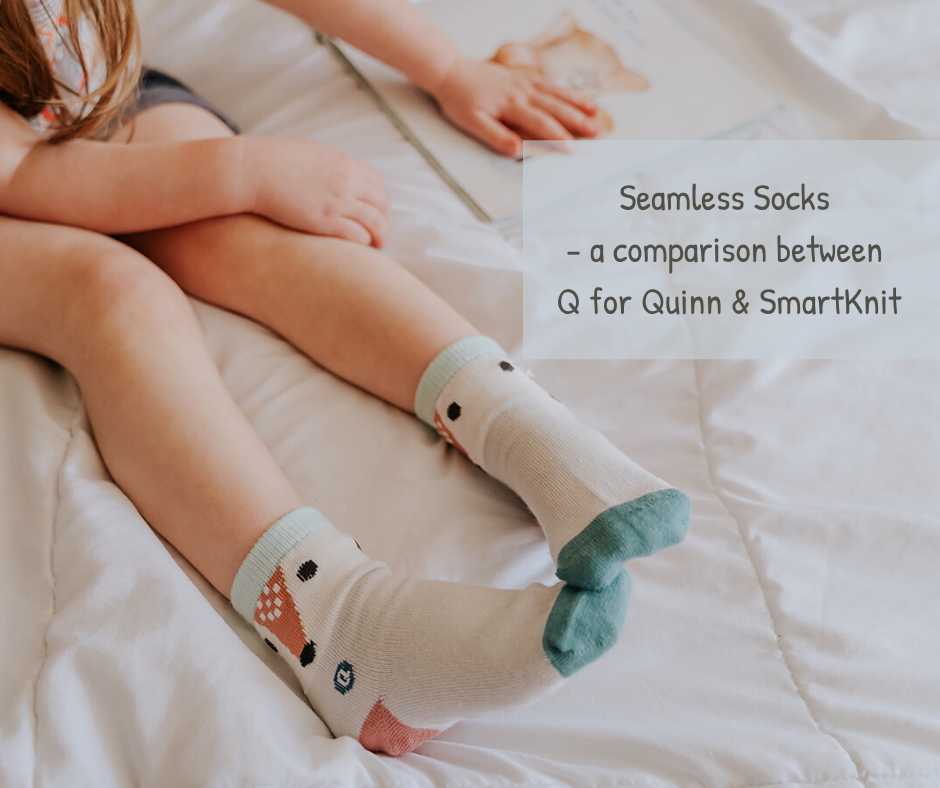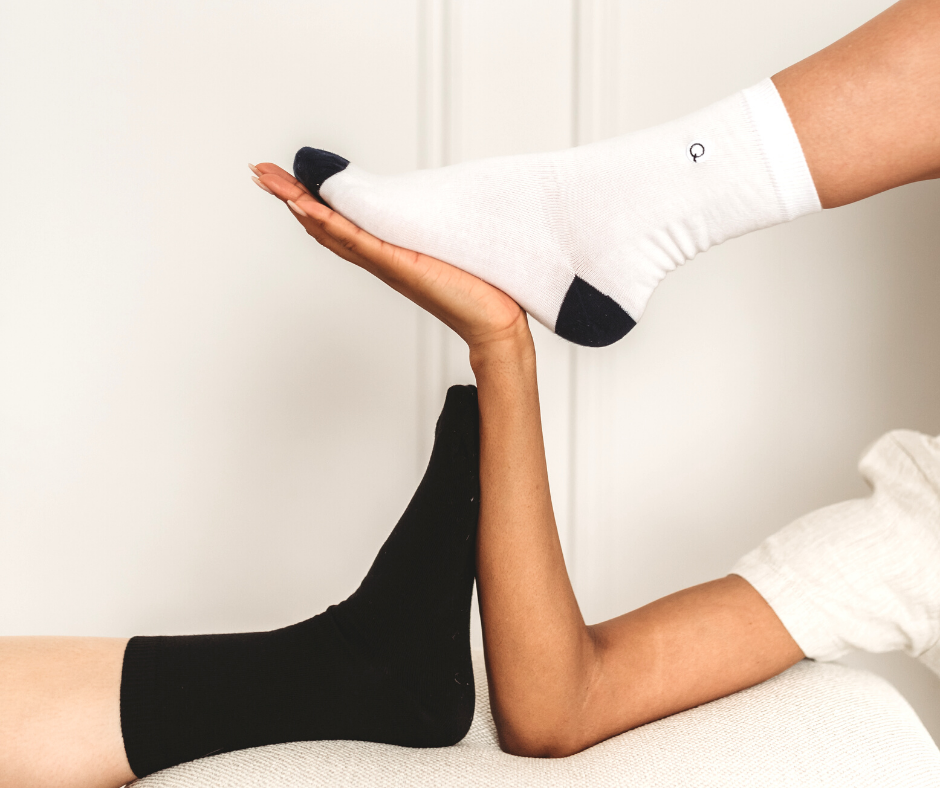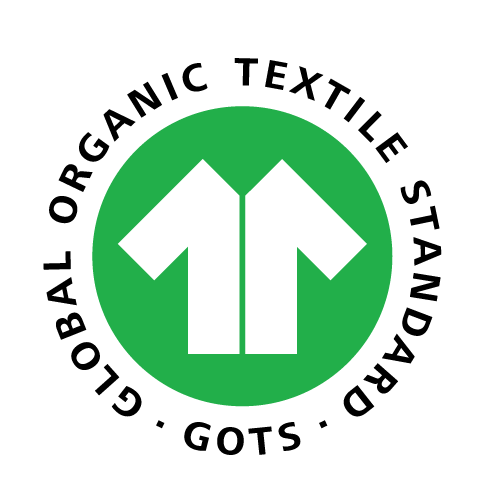
We are a little bit biased here, but in case you have done a search for seamless socks for you or your little one, you are likely to have come across SmartKnit socks. SmartKnit socks have a different process for knitting what they call truly “Seamless” socks.
It’s easy to get caught up in the details here, as it is confusing to someone who might not know socks the way we do! So let’s start with defining terms:
Why is a seam required in socks?
A seam is required to link the toe of the socks to the body of the socks, which is the most popular way to link the two.
The traditional way to link these socks is called “Russo” linking resulting in a bulging line that goes across the toe.
What makes a sock “seamless”?
There is an alternative way to linking the toe of the socks to the body - “handlinking” where there is still a seam in the traditional form but it is completely flat - something we have found works really well with little ones who are very sensitive to this "line across the toe".
Traditionally this is referred in the market as “seamless”
A more detailed explanation (with pictures) of seamless socks, can be found here.
What makes SmartKnit socks different?
SmartKnit’s process bypasses the need to have a seam by eliminating the need to have a seam in the toe! Clearly an innovation in this space!
However, does this mean that SmartKnit is the only or best alternative to little kids (or adults) with sensitive feet?
Before we can answer what makes a little one’s foot sensitive, it is important to consider factors that contribute to sensitive or irritable feet.
What are some factors that contribute to sensitive feet or irritation?
So many factors may contribute to irritable feet, which is why when choosing socks it is important to consider the whole - the fabrics that make up the socks are just as important as the toe construction.
Synthetic fibres like polyester and wool can greatly irritate your feet and no matter how “great” the toe area feels, there is always a risk of irritability and rashes.
Polyester is not breathable, so moisture gets locked in making everything more irritable and skin more prone to conditions like eczema.
A customer once told us:
“My daughter has sensory processing issues, and clothes has to have a certain feel to it or she will refuse to wear them. These are great. They are so soft, not itchy at all. And they look adorable. The fit really well. She's "average" weight and height and these fit as expected.” - Maggie Johnston
It wasn’t just the seamless toes that drew her to our socks, it was the fabric composition with Q for Quinn socks being made from organic cotton and tested free from harmful chemicals.
We now know that the vast majority of socks also contain harsh chemicals with effects on skin largely unknown. With the information available, there is an urgency to know where our clothing is made and what they have come in contact with.
A side-by-side comparison of “features” claimed by both companies may help you make an informed decision on the choice for your little one (or yourself).
















Leave a comment